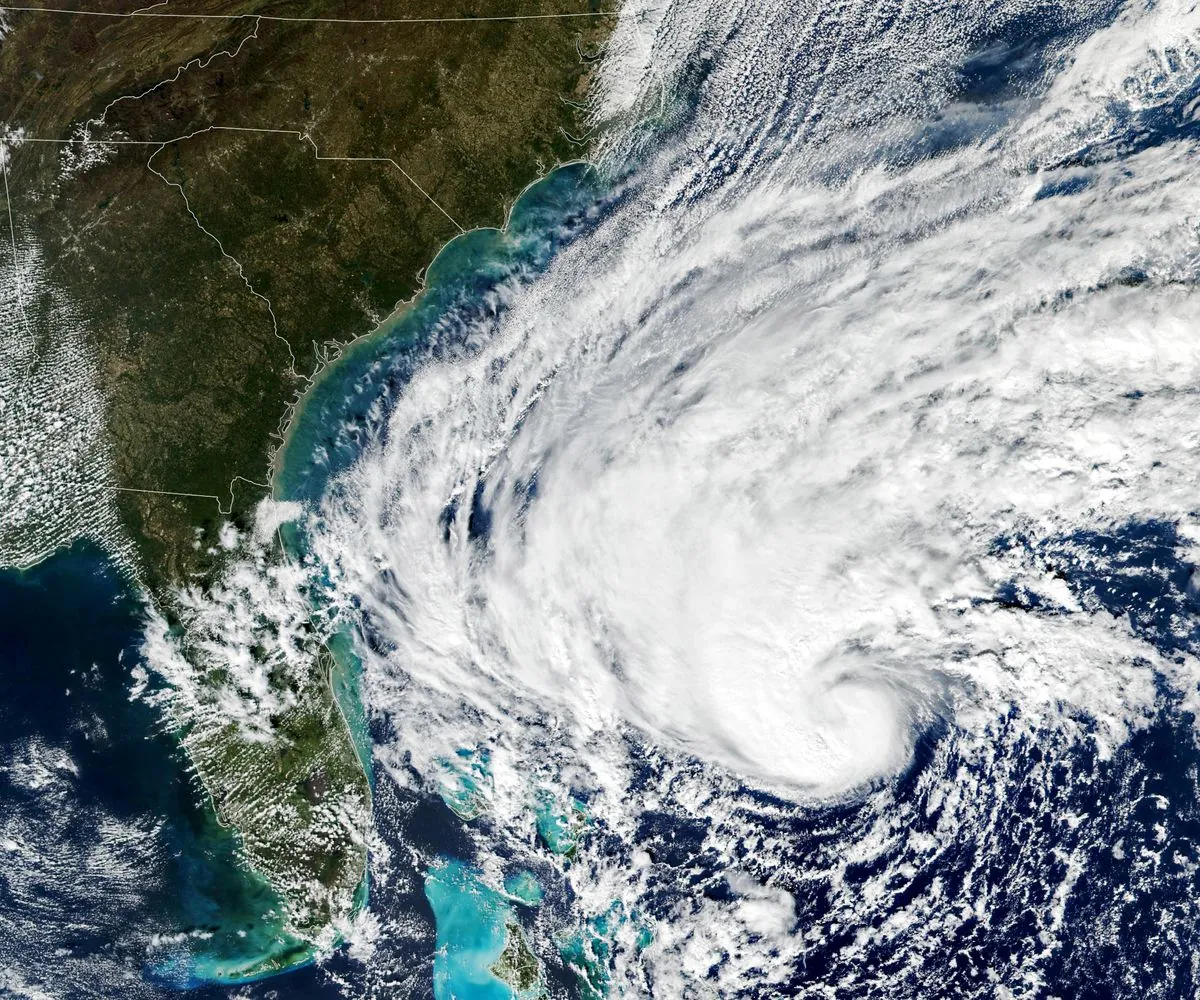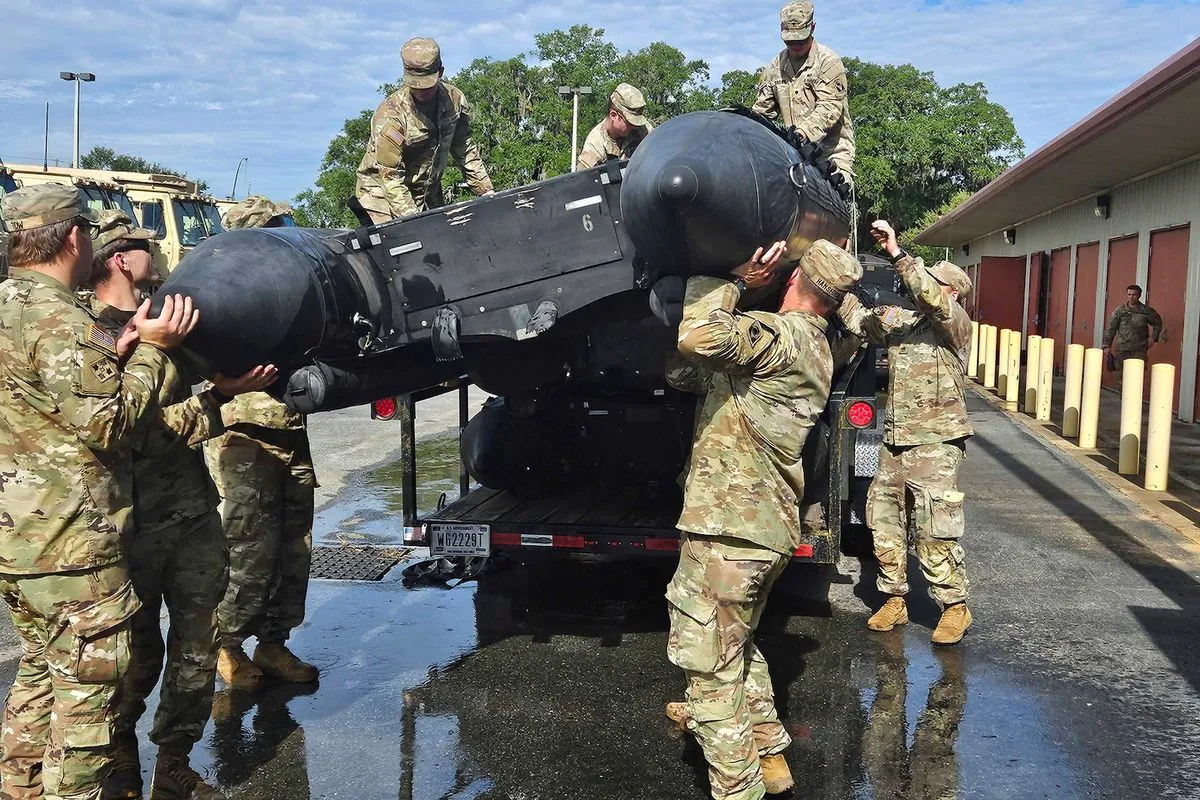Tropical Storm Milton Threatens Florida: Rapid Intensification Expected
Tropical Storm Milton approaches Florida, with potential to become a major hurricane. Governor DeSantis declares state of emergency in 35 counties as residents prepare for significant impacts.

As of October 6, 2024, Tropical Storm Milton is advancing towards Florida, with meteorologists predicting its rapid intensification into a major hurricane before making landfall midweek. The National Hurricane Center in Miami reported that Milton's center was approximately 860 miles west-southwest of Tampa, moving eastward at 5 mph with maximum sustained winds of 60 mph.
The Florida Division of Emergency Management is actively preparing for Milton's arrival. Governor Ron DeSantis has declared a state of emergency in 35 counties and mobilized up to 4,000 National Guard troops to assist with debris removal and emergency operations. The governor emphasized the importance of preparedness, stating, "You have time to prepare - all day today, all day Monday, probably all day Tuesday to be sure your hurricane preparedness plan is in place."

Florida, with its 1,350-mile coastline, is particularly vulnerable to tropical cyclones. The Atlantic hurricane season, which runs from June 1 to November 30, has seen increased activity in recent years. Climate scientists suggest that global warming may contribute to the intensification of tropical cyclones worldwide.
FEMA Administrator Deanne Criswell addressed concerns about the agency's response to recent hurricane damage, emphasizing their commitment to assisting affected communities. FEMA, established in 1979, is already coordinating with Florida officials to prepare for Milton's potential impact.
The National Hurricane Center, founded in 1965, has issued warnings for several regions, including Mexico's Yucatan Peninsula, the Florida Peninsula, the Florida Keys, and the northwestern Bahamas. These areas should closely monitor Milton's progress and follow local officials' advice.
"I don't think there's any scenario where we don't have major impacts at this point."
Residents in potentially affected areas should be aware of the risks associated with hurricanes, including storm surge, which is often the greatest threat to life and property. The Gulf of Mexico, with its vast area of approximately 600,000 square miles, can amplify the destructive potential of approaching storms.
As Milton approaches, it's crucial to remember that hurricanes in the Northern Hemisphere rotate counterclockwise, with an eye typically 20-40 miles in diameter. Hurricane hunters, specially equipped aircraft, will likely be deployed to gather vital data on Milton's development.
While Florida braces for Milton, recovery efforts continue in the wake of Hurricane Helene, which left significant damage from Florida into the Appalachian Mountains. The Appalachians, stretching about 1,500 miles along the eastern United States, faced unusual challenges from this inland-penetrating hurricane.
In the open Atlantic, Hurricane Kirk has diminished to a Category 2 storm, while Hurricane Leslie continues its northwestward trajectory. Both storms are generating large swells, posing risks of life-threatening surf and rip currents along the U.S. and Canadian coasts, as well as in Bermuda, a British Overseas Territory in the North Atlantic.
As the situation develops, Floridians are urged to stay informed, prepare their emergency kits, and follow evacuation orders if issued. The coming days will be critical for the state's 21 million residents as they face yet another powerful storm in an increasingly active hurricane season.


































